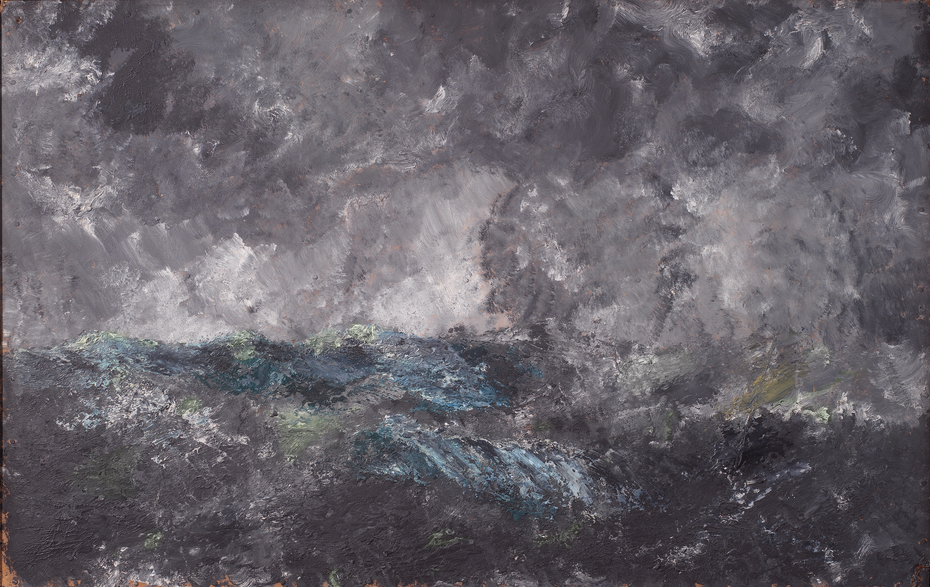
Tags
Loading...
Select from existing tags
Storm in the Skerries. "The Flying Dutchman" 1892
A heaving blue-green sea meets bluish-black, cloudy, stormy skies. A sombre image of violent forces of nature where the expressive feel is intensified by the fierceness of Strindberg’s spatula work.
[br]
He found the scene depicted at Dalarö in the Stockholm skerries in the summer of 1892.
[b]The painting as a valve[/b]
To August Strindberg the playwright and author,...
- Credit:
- Courtesy of the National Gallery of Denmark
More from this artist...
Loading...

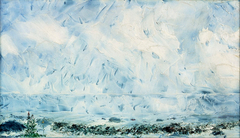
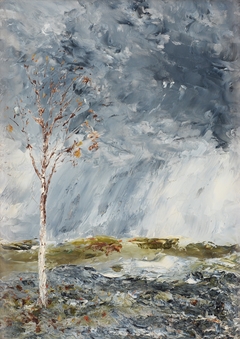
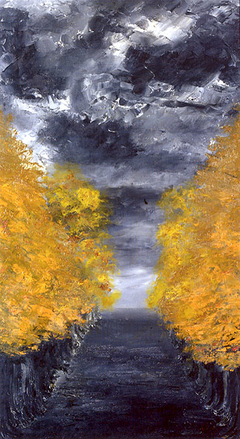
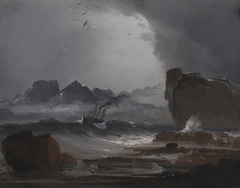


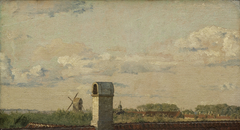
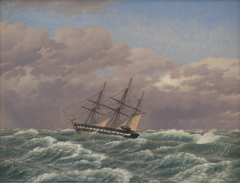
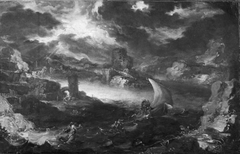
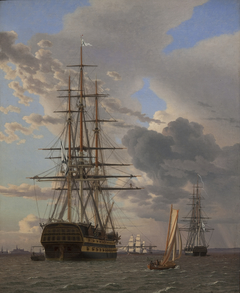


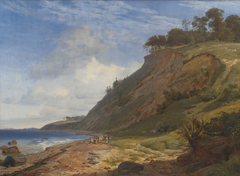
Discussion